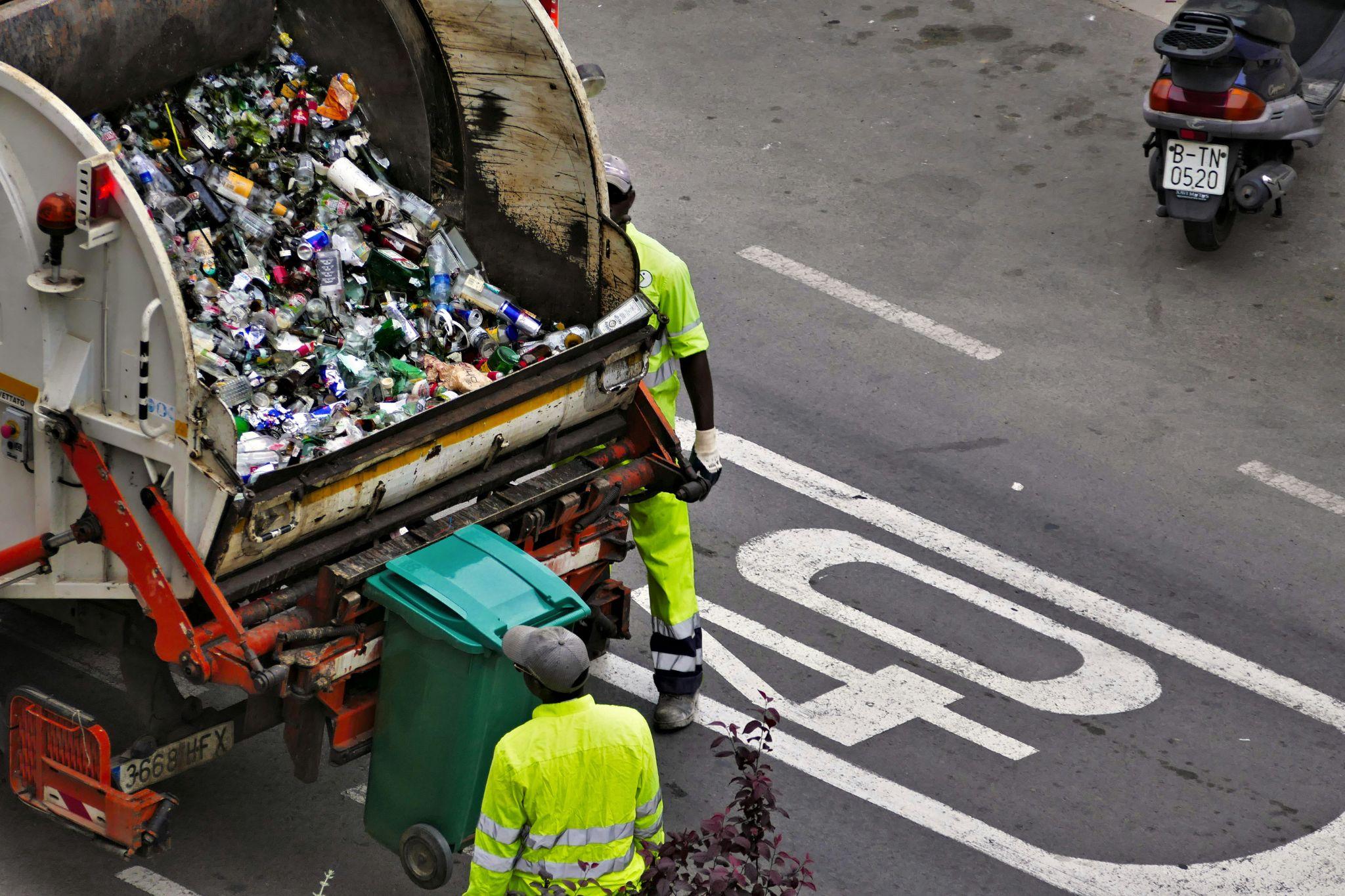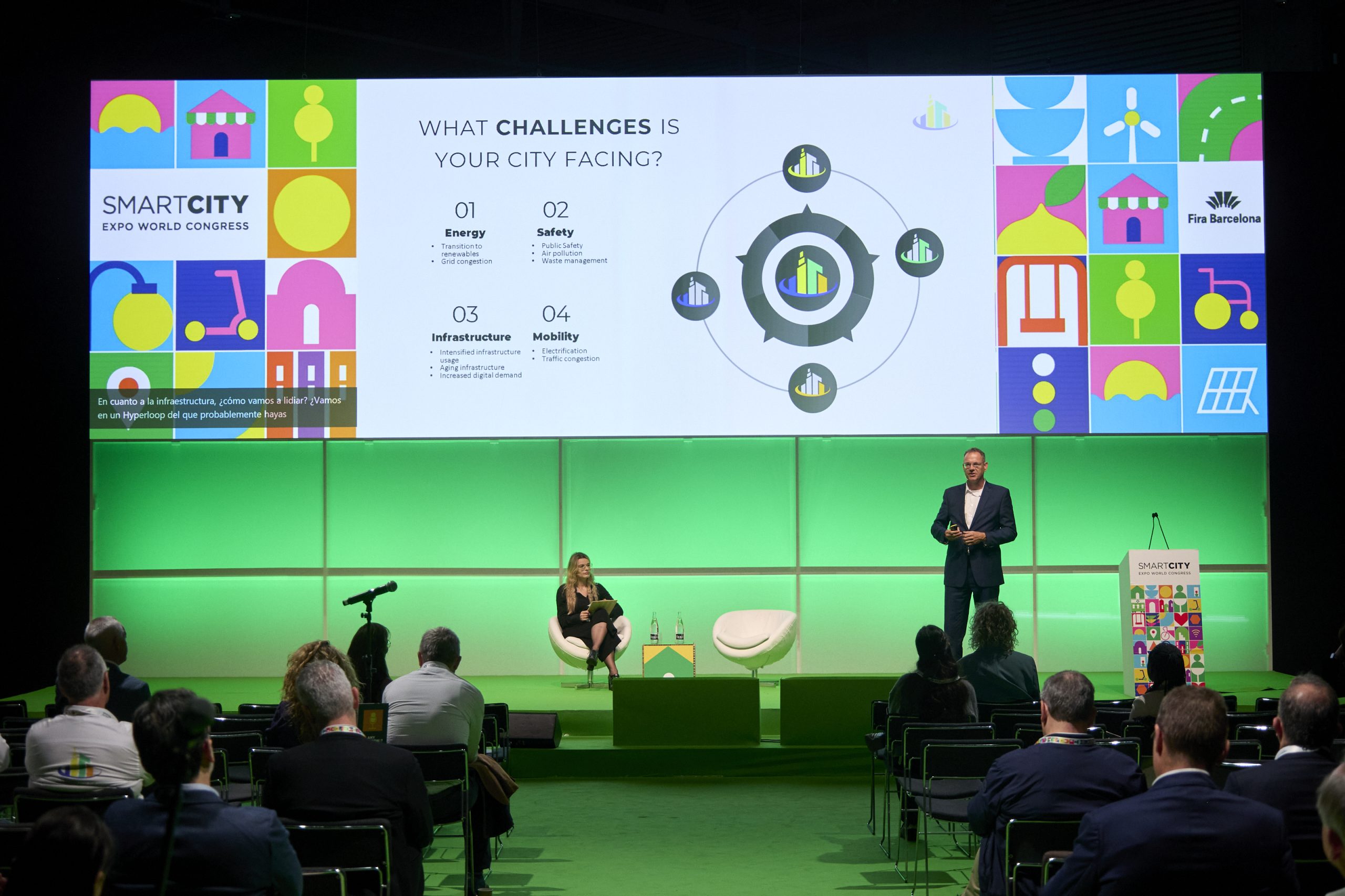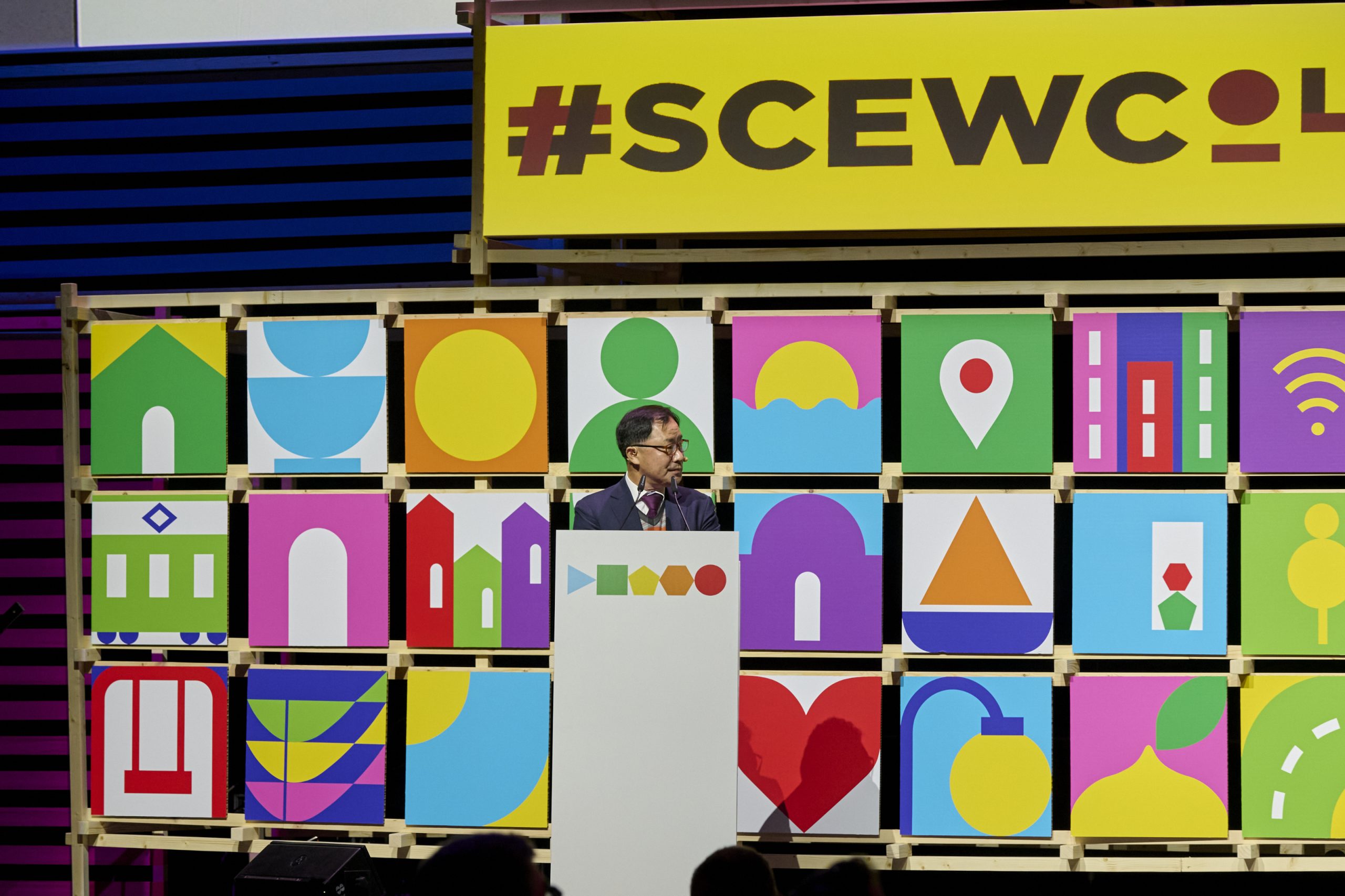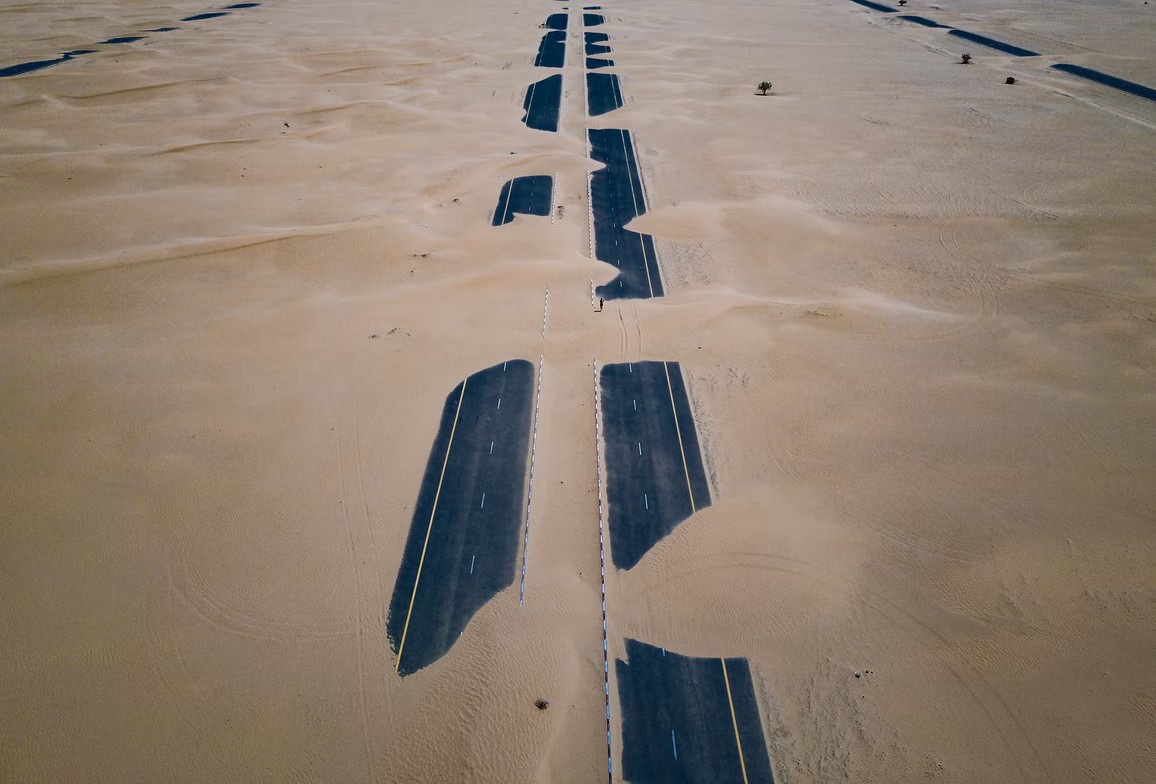Author | Jaime Ramos
Water must flow and form part of the center of the plans and strategies of all cities. More than a standard for measuring sustainability, it is a scarce resource and on which our survival in the coming decades depends.
The World Health Organization estimates that at least 2 billion people use a contaminated water source. The problem will become worse in line with other urban challenges, particularly, increases in population in certain regions. By 2050, global demand for fresh water will exceed supply by 40%. Preventing and extinguishing future crises through technology is one of the main goals of City Blueprint.
What is City Blueprint?
City Blueprint is a water resources management tool designed to combat water scarcity. It consists of three frameworks that constitute the essence of the projects undertaken. It therefore seeks to provide a scientific framework to implement water-related processes in three phases:
- What is the situation and the urban challenges facing cities of the future? Trends and Pressures Framework (TPF).
- How suitable is the water resources management: City Blueprint Framework (CBF).
- How can that management be improved: Governance Capacity Framework (GCF).
Origin and history of City Blueprint
The Dutch tool was developed by the University of Utrecht together with the KWR Water Research Institute over a decade ago. Rotterdam was, in 2011, the first city to make use of City Blueprint. The initiative now forms part of the Watershare global network of organizations and researchers. The European union has adopted the methodology within its area of innovation, urging it to be applied.
How does City Blueprint work?

When preparing a precise diagnosis of the situation in each city, the frameworks indicated above have been used as the scientific terrain to cultivate a series of indicators, which offer the more visual part of the tool.
Therefore, with just a glance, the City Blueprint spider chart allows the efficiency of a city’s response to its water challenges to be established. Its 25 indicators are based on the main procedures for water treatment, covering financial, environmental and social aspects.
Proven advantages of City Blueprint
The many benefits of City Blueprint includes the possibility of having a water resources management assessment in a brief period of time. Likewise, the simplicity of its parameters makes it easy for institutions and organizations to adopt and it offers advantages in terms of gaining social participation.
The project also has a platform on which information is shared between cities, allowing proven and demonstrated techniques from one city to be applied to another.
How many cities are applying City Blueprint?

The City Blueprint strategies have now been extended to over 125 cities in 50 countries. Perhaps its application, as useful as it is urgent, can be found in cities with major problems in terms of accessing a drinking water source.
A UN study from 2020 applies the City Blueprint approach to tackle the challenge of water pollution in Bangui, Libreville and Yaoundé. The report highlights the importance of indicators. Since it is not simply a collection of data, but rather, it delves into other natural phenomena like flooding in these regions, or more economic and social issues such as economic pressure or corruption.






















































